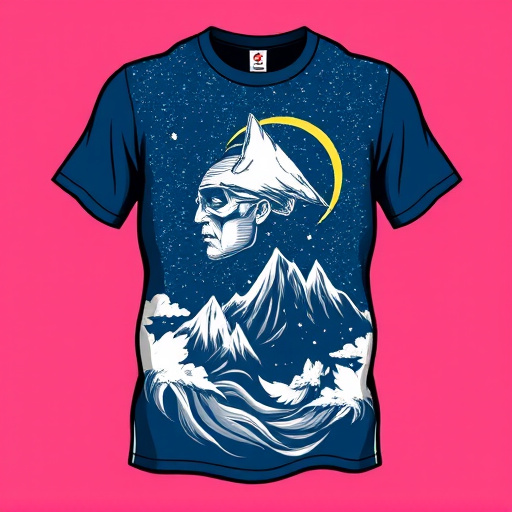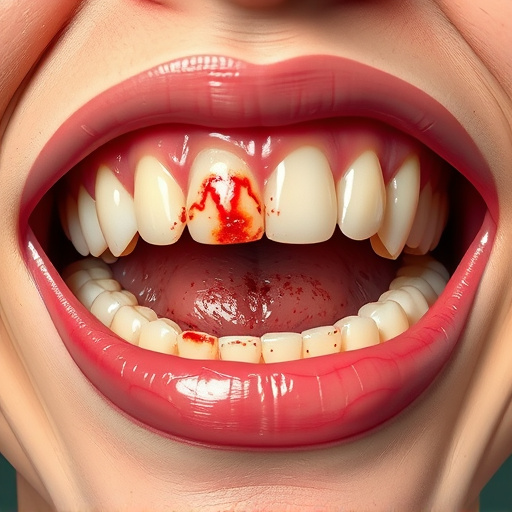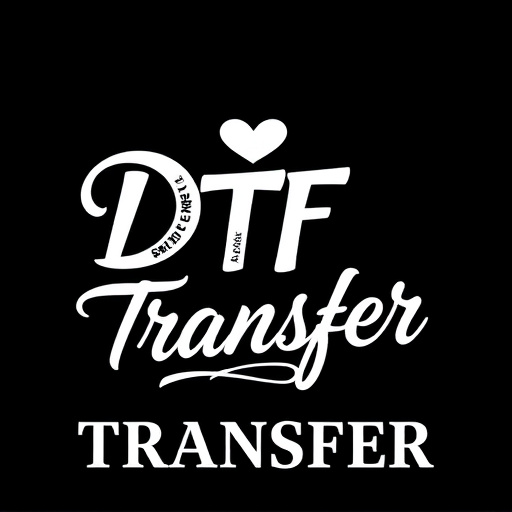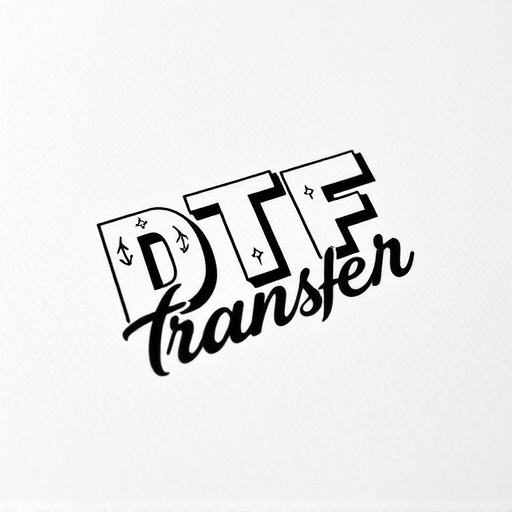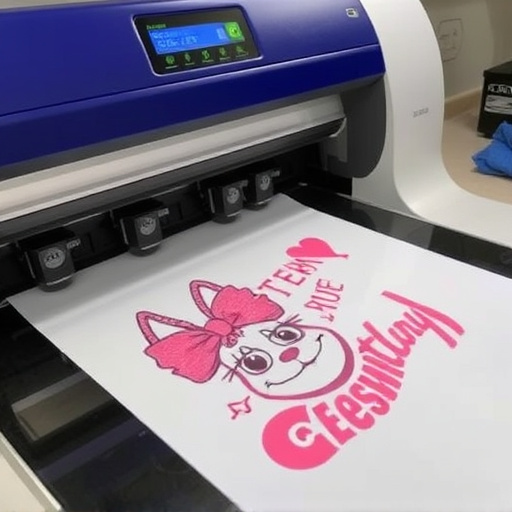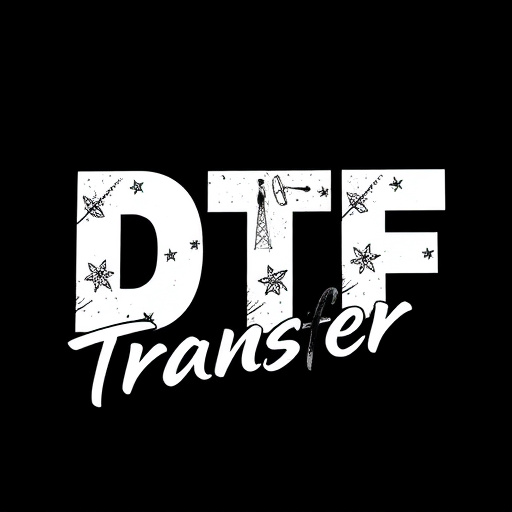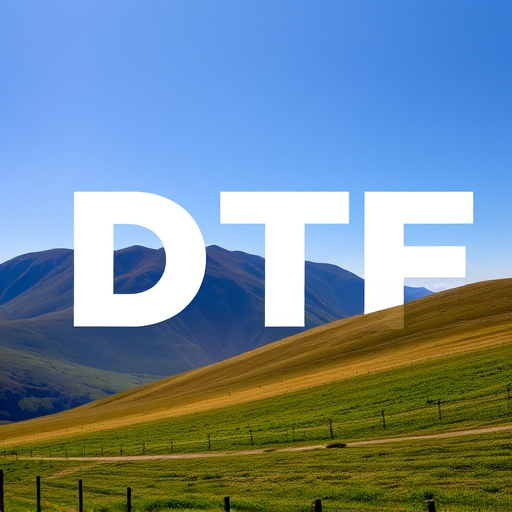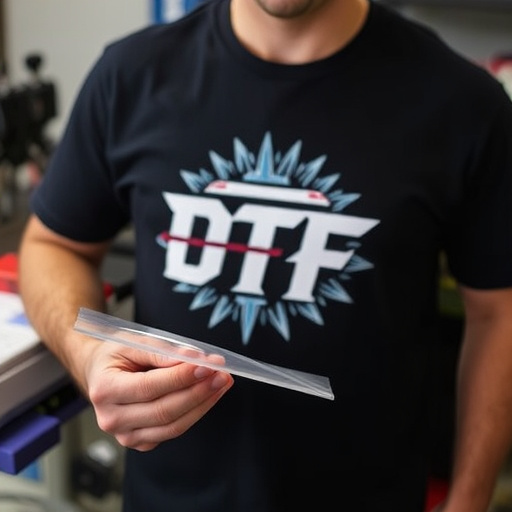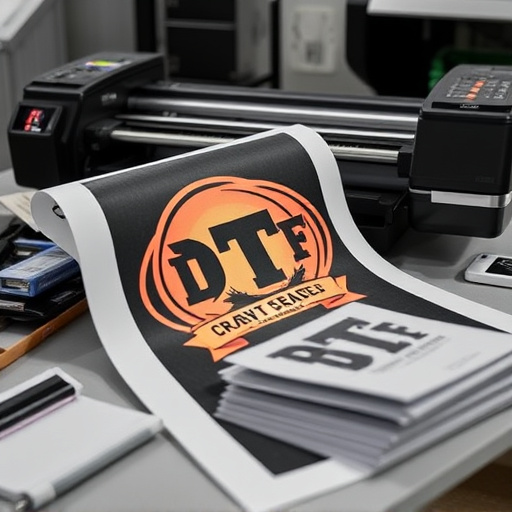Direct-To-Film (DTF) transfers revolutionize bulk printing with precision, cost-effectiveness, and versatility. Suited for promotional items and marketing campaigns, DTF Printing offers exceptional detail and color accuracy on diverse media. The process involves designing, printing, curing, and quality controlling transparent, full-color transfers. Choosing the right DTF method aligns with material types, finishes, and aesthetics. Collaborating with reputable printers ensures vibrant, consistent prints, while proper artwork preparation and application instructions guarantee long-lasting results. DTF Transfers have transformed industries, enabling businesses to create customized, high-quality products at scale.
“Unleash your brand’s potential with large-scale direct-to-film (DTF) transfers—a game-changing solution for businesses seeking impactful marketing and merchandising. This comprehensive guide explores the world of DTF technology, its advantages for bulk orders, and the step-by-step process from design to stunning final prints. Discover how businesses are enhancing their products with vibrant, high-quality DTF applications, from custom phone cases to pop-up store displays. Optimize your printing strategy by understanding the key considerations and learning from real-world case studies.”
- Understanding Direct-To-Film (DTF) Transfers: A Brief Overview
- Benefits of Large Quantity DTF Orders for Businesses
- The Process: From Design to Final DTF Prints
- Choosing the Right DTF Transfer for Your Business Needs
- Quality Considerations and Best Practices
- Case Studies: Successful DTF Printing Implementations
Understanding Direct-To-Film (DTF) Transfers: A Brief Overview
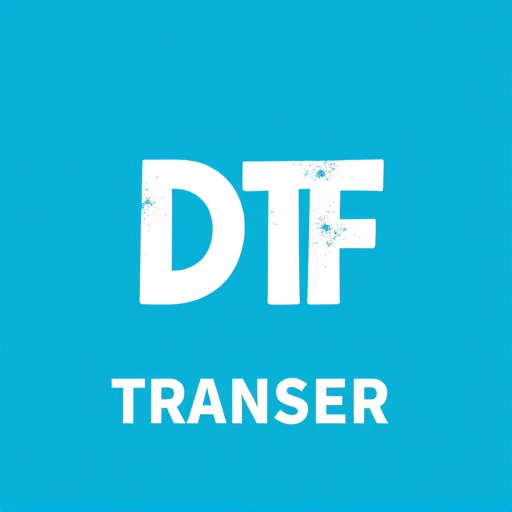
Direct-To-Film (DTF) transfers are a cutting-edge printing technology that has revolutionized the way businesses approach custom printing, especially for large quantity orders. This innovative process involves transferring designs or images directly onto film, which is then used as a master copy to create high-quality prints. DTF offers numerous advantages over traditional printing methods, ensuring precision and speed in producing custom materials.
With DTF Printing, businesses can achieve exceptional detail and color accuracy, making it ideal for creating promotional items like stickers, labels, or even signage. The process is highly versatile, accommodating various print media types and surfaces. Moreover, DTF Transfers enable efficient production runs, as the film master can be reused multiple times, resulting in cost-effective solutions for bulk orders without compromising quality.
Benefits of Large Quantity DTF Orders for Businesses
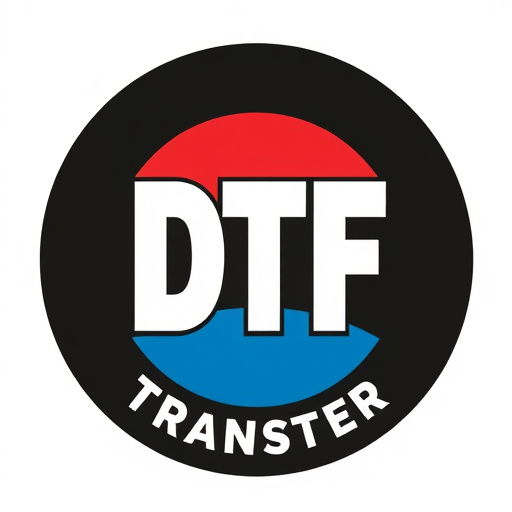
Large quantity orders of direct-to-film (DTF) transfers offer businesses a range of significant advantages. Firstly, DTF printing is an efficient and cost-effective solution for bulk production of prints. This is particularly beneficial for companies looking to create custom merchandise, promotional materials, or event memorabilia, as it allows them to produce high-quality items in large numbers without breaking the bank.
Additionally, DTF transfers provide exceptional versatility. Businesses can easily customize designs, ensuring each print is unique and tailored to specific requirements. This level of customization is invaluable for marketing campaigns, brand building, and creating memorable customer experiences. Moreover, DTF Printing offers fast turnaround times, enabling businesses to promptly meet demand and maintain efficient operations.
The Process: From Design to Final DTF Prints
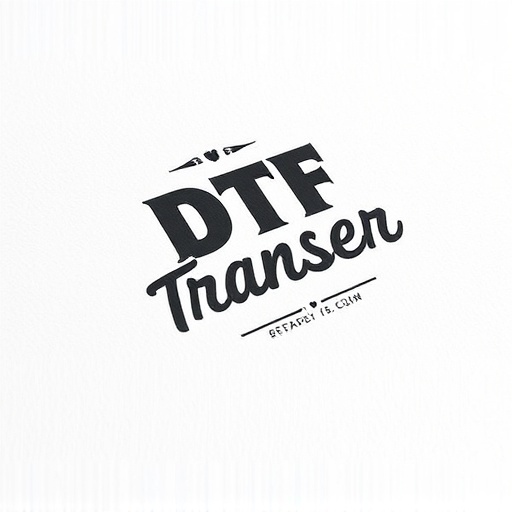
The process of creating large-scale direct-to-film (DTF) transfers for businesses involves several meticulous steps, ensuring each print is of the highest quality. It begins with design; customers provide artwork or graphics that are then prepared and optimized for DTF printing. This preparation includes ensuring the design meets the necessary specifications, such as resolution and color accuracy, to achieve crisp and vibrant DTF prints.
Once the design is finalized, it’s ready for the printing stage. The DTF transfer process involves applying a special ink directly onto the film using advanced machinery. This ink adheres to the film, creating a negative of the artwork. After printing, the film goes through various curing stages to set the ink permanently. Subsequently, the film is carefully separated from its backing, revealing the transparent, full-color DTF transfer ready for application to various surfaces. The final step involves quality control checks to guarantee each print meets the required standards before delivery.
Choosing the Right DTF Transfer for Your Business Needs
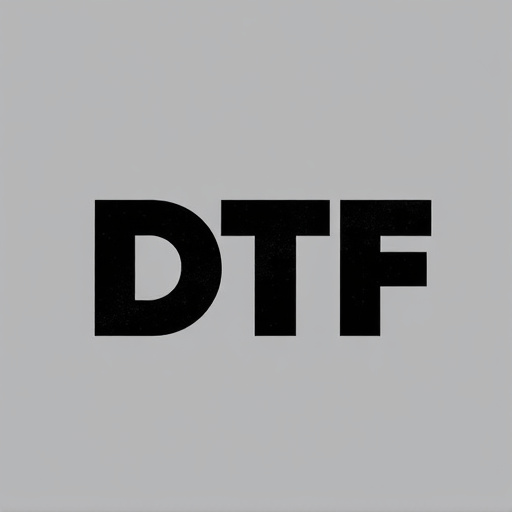
When considering large-scale direct-to-film (DTF) transfers for your business, understanding the diverse range of DTF options is key. Different DTF transfers cater to various material types, print complexities, and desired finishes. For instance, some DTF prints are ideal for smooth, flat surfaces like posters or banners, while others handle contoured or textured materials better, opening up possibilities for product branding on unique shapes.
The right DTF transfer ensures your business’s visual needs are met with precision and quality. Factors like ink types (water-based vs. solvent-based) and the technology used (UV printing, DTG, etc.) play a significant role in determining color accuracy, durability, and the overall aesthetic appeal of your prints. Researching and selecting a DTF transfer method aligned with your specific requirements will ultimately contribute to successful marketing campaigns and product launches.
Quality Considerations and Best Practices
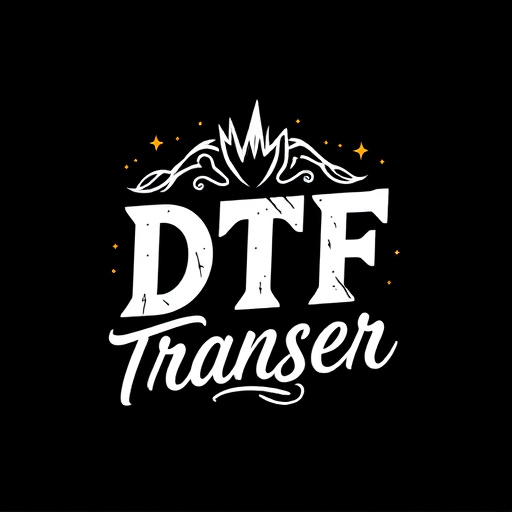
When placing large quantity orders for direct-to-film (DTF) transfers, quality should be the top priority. It’s essential to work with a reliable printer that uses high-quality materials and state-of-the-art equipment to ensure consistent and vibrant DTF prints. Request samples before ordering in bulk to assess color accuracy, image sharpness, and overall durability of the transfers.
Best practices for optimal DTF transfer results include preparing your artwork using the correct file format and resolution requirements specified by the printer. Ensure all design elements are vector-based or properly resolved for smooth reproduction. Regularly clean your print surfaces to remove any residue that could hinder adhesion, and follow the manufacturer’s instructions for application to achieve long-lasting, high-quality DTF transfers on a variety of materials.
Case Studies: Successful DTF Printing Implementations
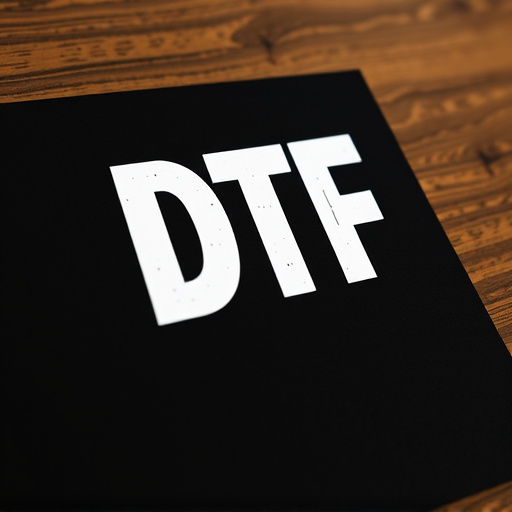
Direct-to-film (DTF) transfers have proven to be a game-changer for many businesses looking to enhance their marketing strategies and product offerings. Successful implementations of DTF printing showcase its versatility and effectiveness in creating high-quality, customized products at scale. Case studies reveal that this technology has revolutionized various sectors, from apparel and accessories to signage and promotional items.
For instance, a leading apparel brand adopted DTF printing for its custom t-shirt line, enabling them to offer an extensive range of designs with precise, vibrant colors. This approach not only met the diverse preferences of customers but also allowed for faster production times and reduced waste. Similarly, a local coffee shop utilized DTF transfers to create unique cups and mugs with customer-uploaded designs, fostering a sense of community and personalization among its clientele. These examples demonstrate how DTF Printing can cater to diverse business needs, ensuring high-impact visual communication while streamlining operations.
